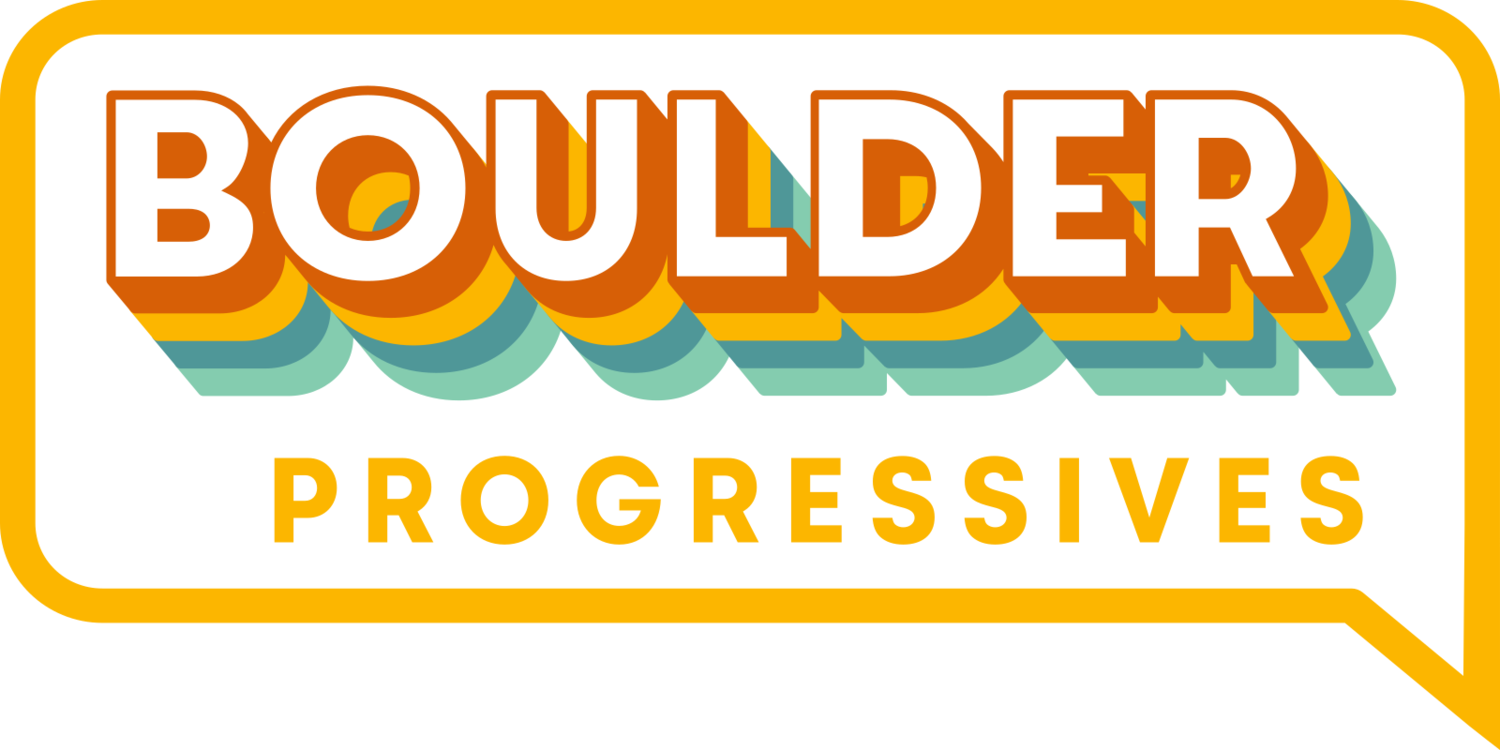Housing Proposals
Direct staff to study potential options for implementing a program that would enable infill projects to move ahead for duplexes, triplexes, and fourplexes - particularly in existing single family neighborhoods - via density bonuses, streamlined review, lower impact fees, tax deductions, and more.
What problems does this proposal aim to solve?
As of 2014, Boulder was losing ~900 units of market-rate affordable housing per year. BHP predicted that by the early 2020’s, the city would have little to no market-rate for-sale housing within reach of middle income or low income individuals/families.
The cheapest single family homes are being ‘scraped’ at an alarming rate and large homes are being built that only house a few people.
Unfortunately, under current land use regulations, the only option is often for developers to replace existing single family homes with larger, more expensive ones. This undermines our housing goals and the city’s financial health.
Why is this proposal important to address as an immediate priority and how does this proposal further high-level City goals and plans?
A neighborhood infill program would give us the potential to start making the most of our lower density lots immediately.
The city’s inclusionary housing goals are laudable but there are downsides to relying on large-scale developers and/or cash-in-lieu dollars to fund affordable housing.
This project will move Boulder toward its lower and middle income affordable housing goals while also enhancing and diversifying existing low density neighborhoods. Public subsidies for affordable housing would go further in these areas.
How does this advance the aims of the Racial Equity Plan?
Missing middle housing (duplexes, cottage clusters, townhomes, small walkups) are a more affordable form of housing that would increase home ownership opportunities.
-
BOULDER BACK PORCH GROUP: Suggestions for Housing a Healthy Community
“Residential Infill Project.” City of Portland.
“Re-Legalizing Middle Housing.” AARP Livable Communities.
McCormick, J. “Gentle Infill.” Lincoln Institute of Land Policy.
Butler, S. (May 2018). “Encouraging Neighborhood-Friendly, Residential InfillDevelopment.” Municipal Research and Services Center.
Adams, T. “Encourage Infill Development.” Sustainable Development Code.
Pena, J. & Shah, S. (May 2022). “Infill Development Supports Community Connectivity.” American Planning Association.

